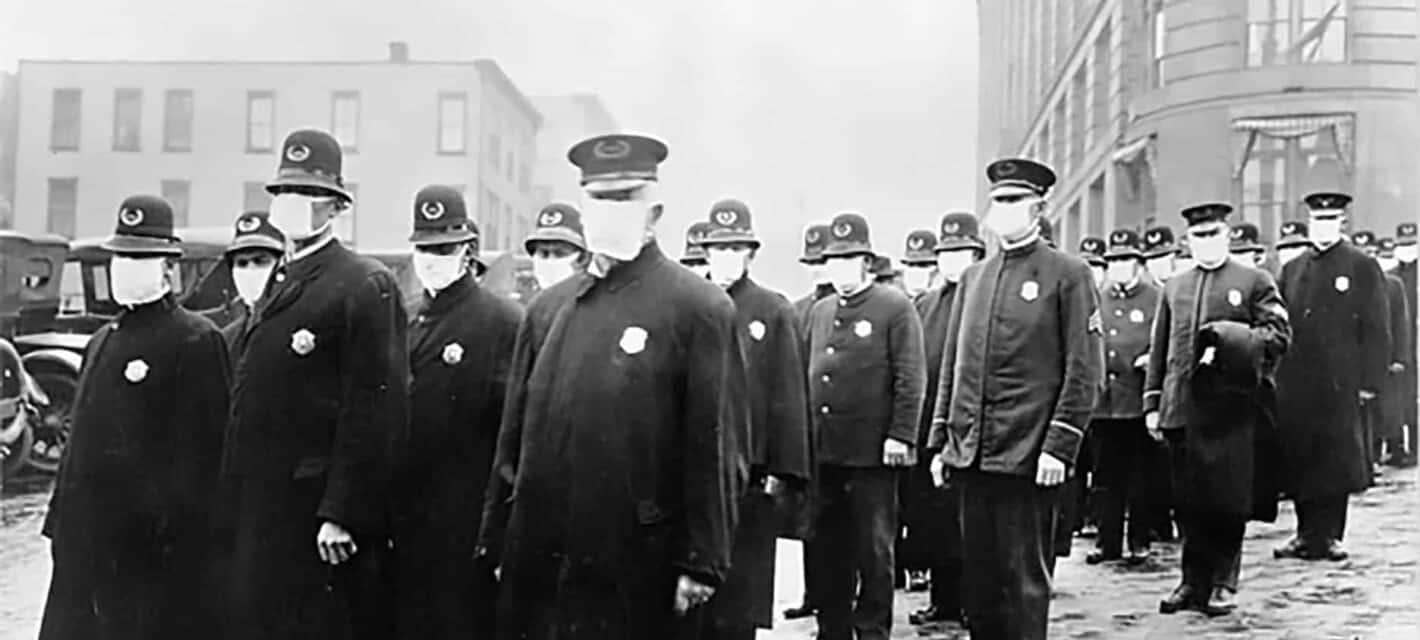The recent Ebola outbreak in West Africa caught the global medical communities completely by surprise. From March 2014 until about April 2016, the U.S. Centers for Disease Control indicated that there were over 28,000 reported cases of the disease with 11,325 confirmed deaths. The panic and fear that spread because of the outbreak affected countless millions more as efforts to contain the disease dominated global headlines and relief efforts. The news coverage of infected aid workers coming back home treated by health workers in full biohazard suits only intensified anxieties.
Disease and global pandemics have been around for as long as humankind has existed on this earth. Coming in the form of viruses to bacteria, these microscopic predators have often baffled researchers and our often times feeble attempts to contain them. Modern medicine and science has made great strides in the understanding of how these diseases are spread and what causes them. However, the ability of these viruses and bacteria to mutate and resist antibiotics and other treatments mean that we will always be under a threat of the next global pandemic. One that could be the end of our species. In the next few pages, we will look back all the way to ancient history up till the present day to find the out what were the deadliest global pandemics in human history.

While the have highlighted the recent Ebola outbreak mentioned earlier, it actually doesn’t make the top ten list of deadliest global outbreaks presented here. The list compiled is based on the number of people confirmed or believed to have succumbed to the disease and to the geographic spread of the disease. We also start from the earliest one mentioned in recorded history and then proceed up to the present day. We begin this narrative with the Antonine Plague dating back to the 2nd century A.D.

The Antonine Plague (165-180 AD)
Estimated deaths: 5 million
Also known as the Plague of Galen, after the Greek physician who witnessed the events. This outbreak occurred in the wake of two military campaigns that were both led by Marcus Aurelius of the Roman Empire. The first was the Parthian War in Mesopotamia and then the wars against the Marcomanni in northeastern Italy. Roman troops returning from these campaigns brought back more than just tales of battles and loot, they may also have brought back a strange disease which would kill, at its height, about 2,000 a day in Rome. The plague was even suspected of claiming the life of Emperor Lucius Verus in 169 A.D. Verus’ family name was Antoninus which is the name that the plague has come to be associated with.
The physician Galen was one of the early witnesses of the outbreak and he recorded his observations in a book, Methodus Medendi. In his book, he mentioned that the affliction produces fever, diarrhea, and pharyngitis (inflammation of the throat), as well as a skin eruption, sometimes dry and sometimes pustular, appearing on the ninth day of the illness. Based on these descriptions given by Galen, many modern scholars believe that the plague was actually an outbreak of the smallpox virus.
The plague was estimated to have had a mortality rate of 25% based on the number of deaths and the numbers suspected to have been infected. On his deathbed, Marcus Aurelius is believed to have uttered the following in relation to the plague: “Weep not for me; think rather of the pestilence and the deaths of so many others.” Roman culture, art, and religion were all affected by the disease. Some historians believe that it was the plague that helped with the rise of Christianity in the empire as people began to search for a spiritual answer to the pestilence.

